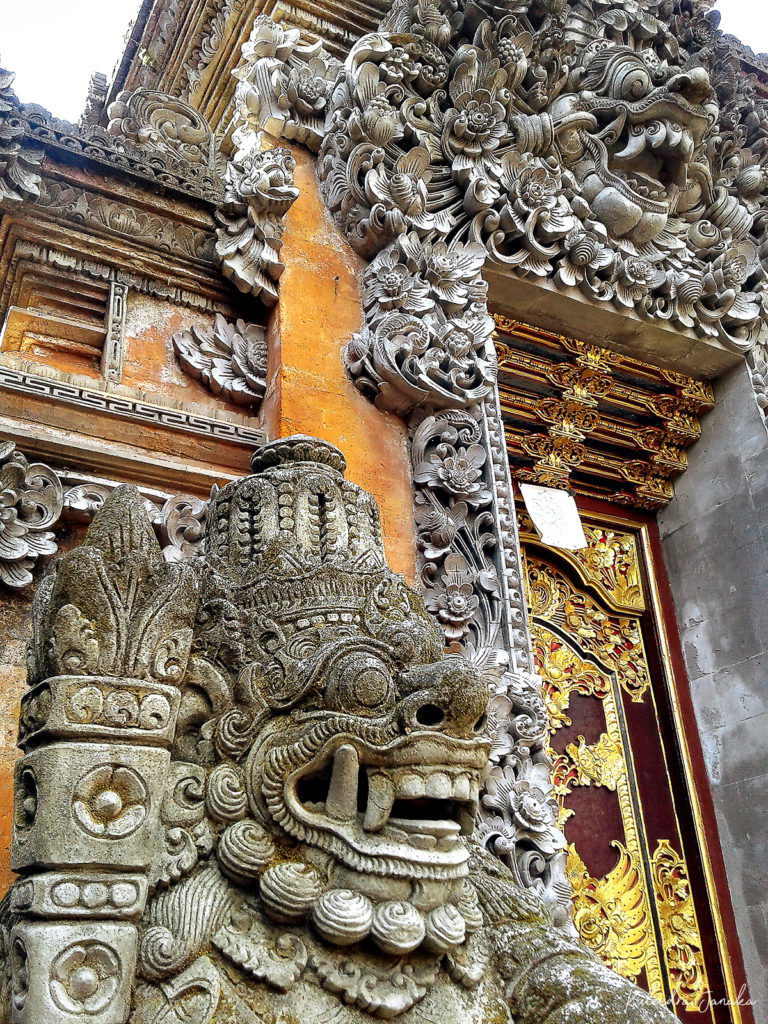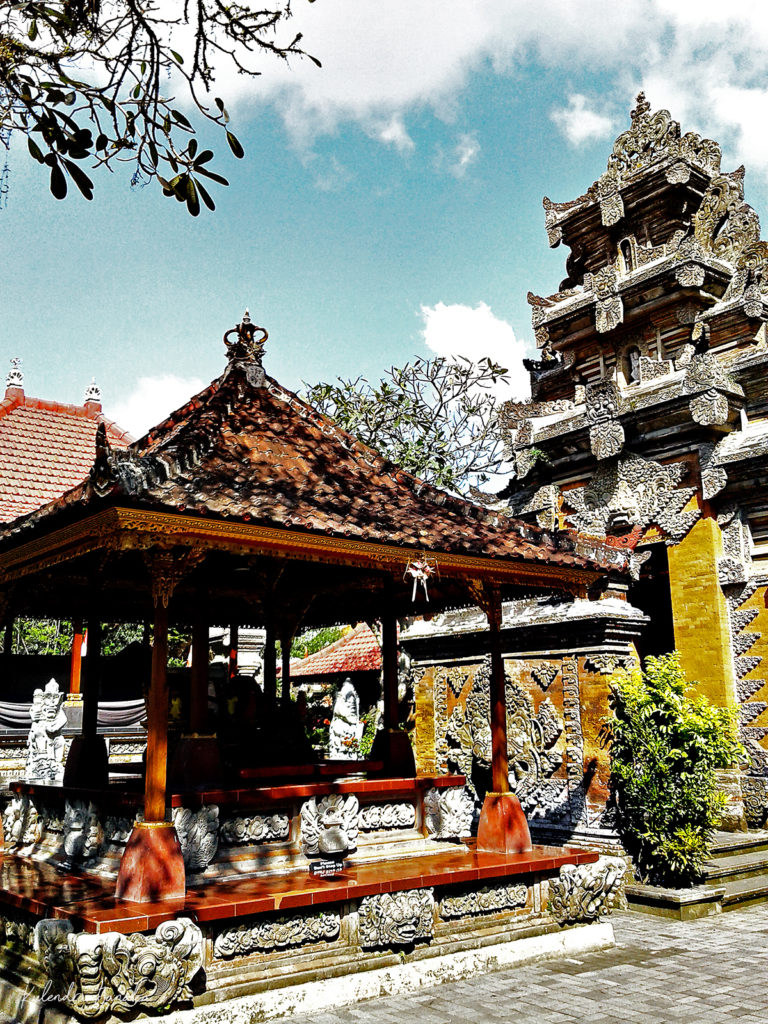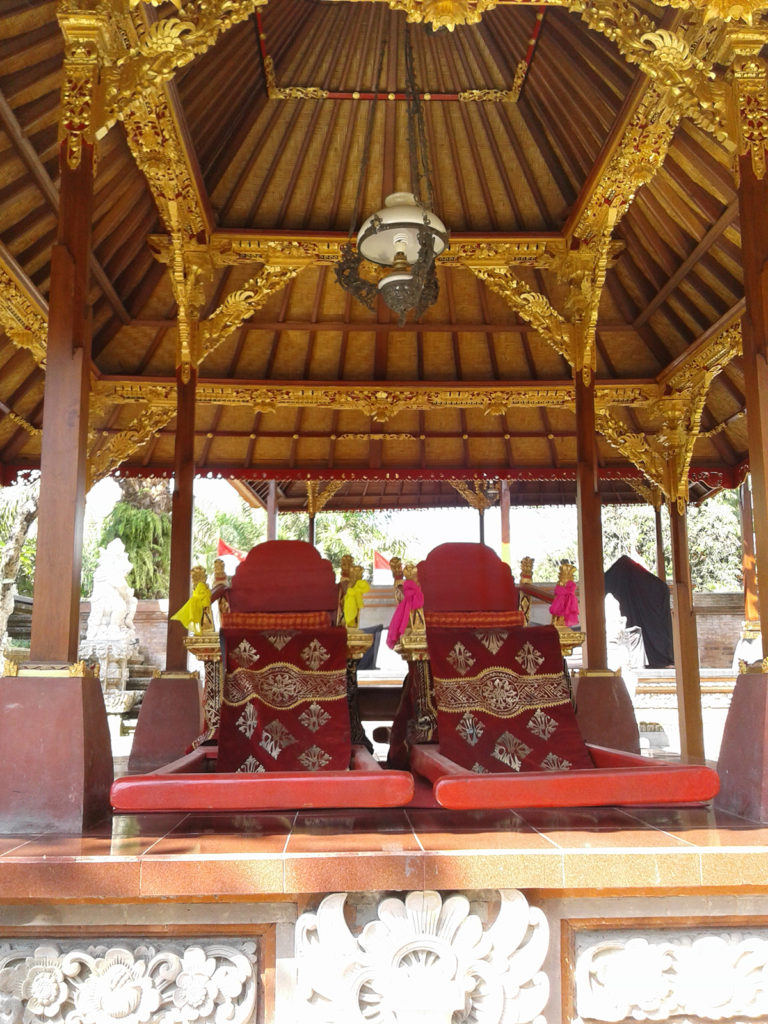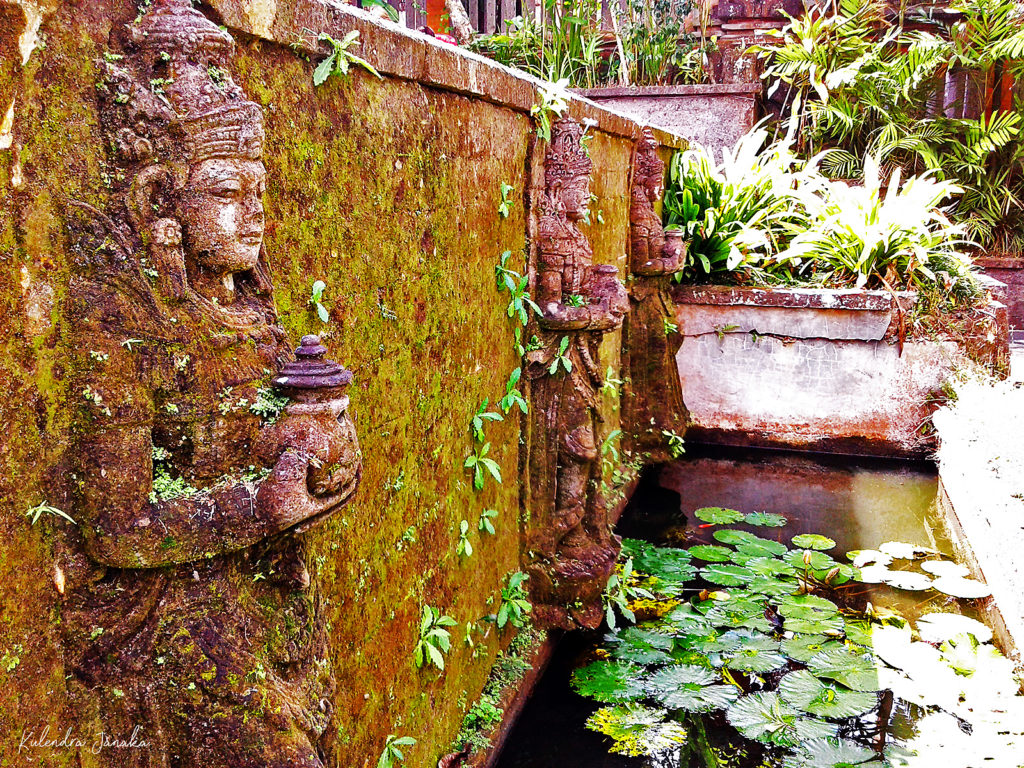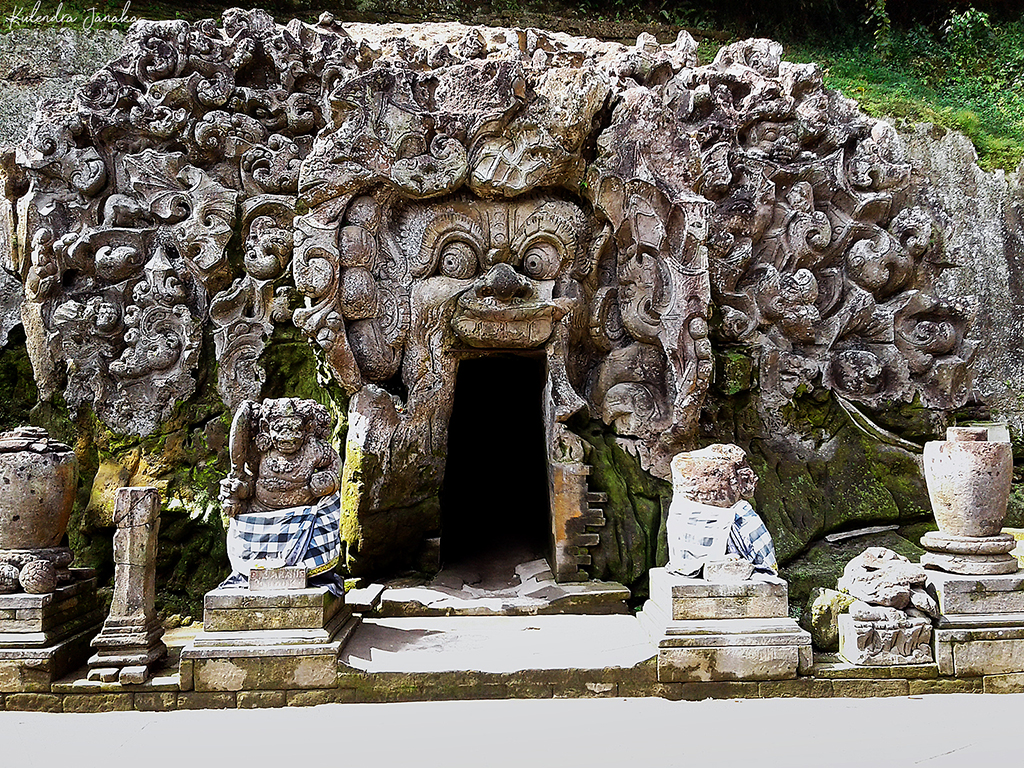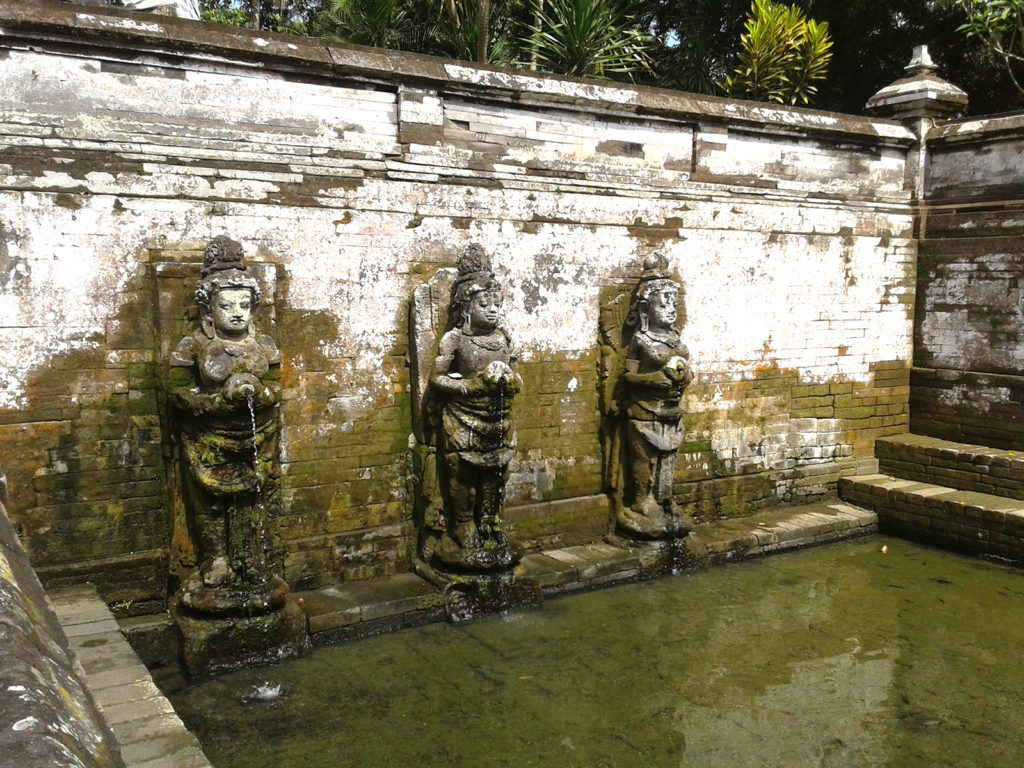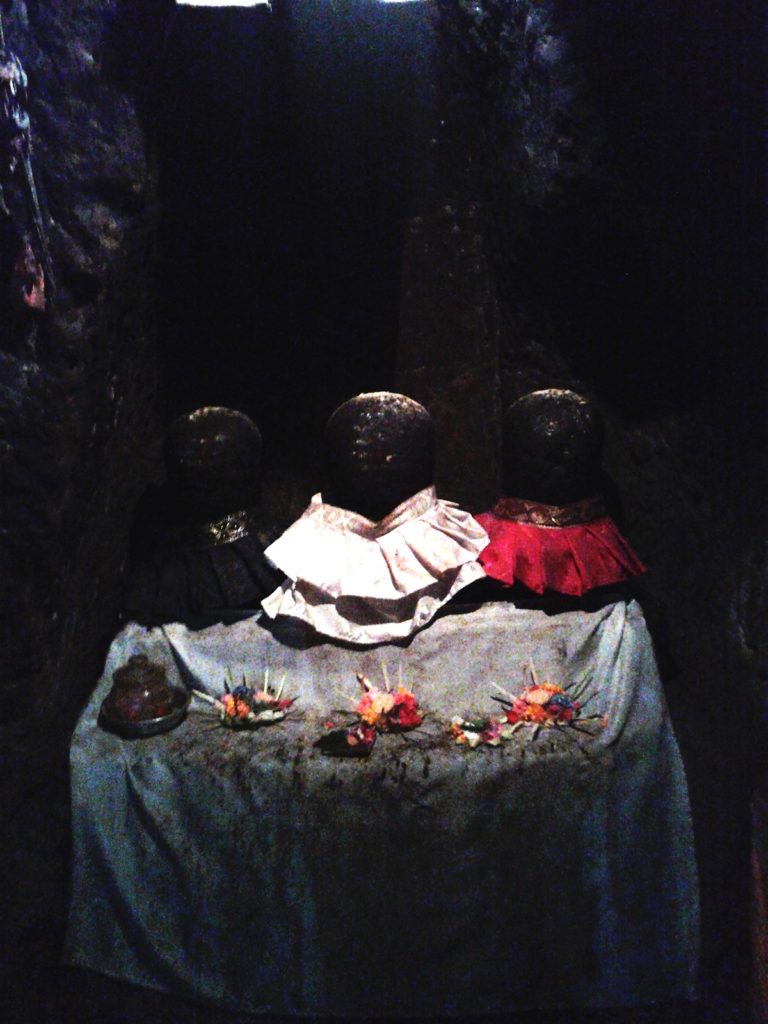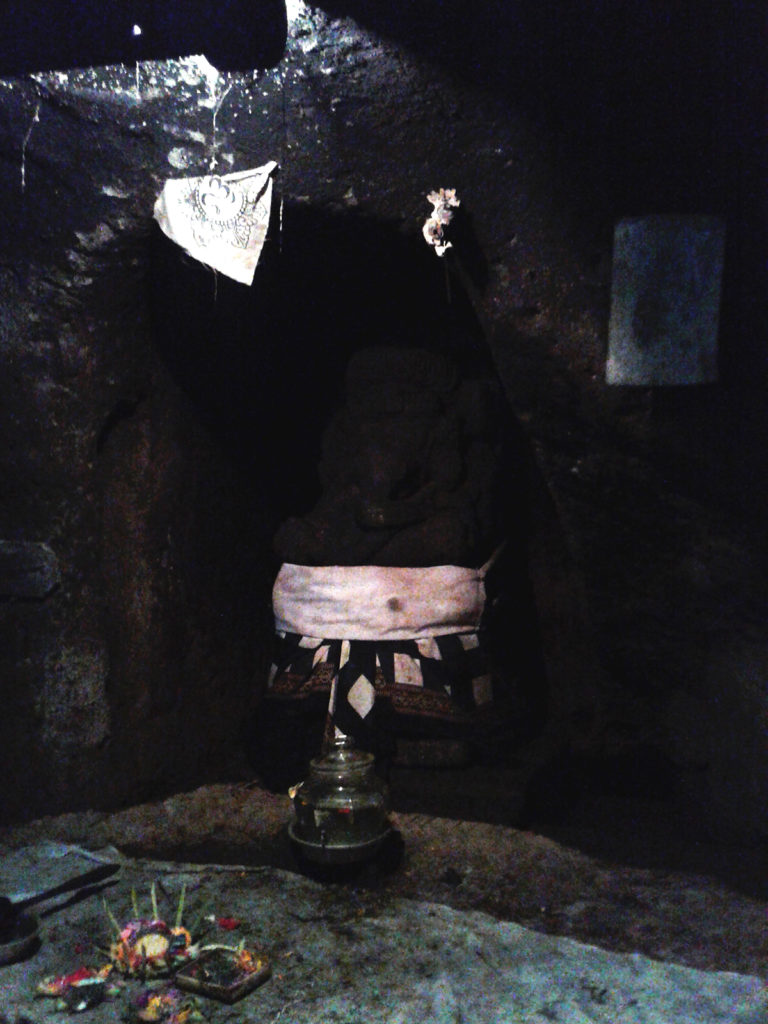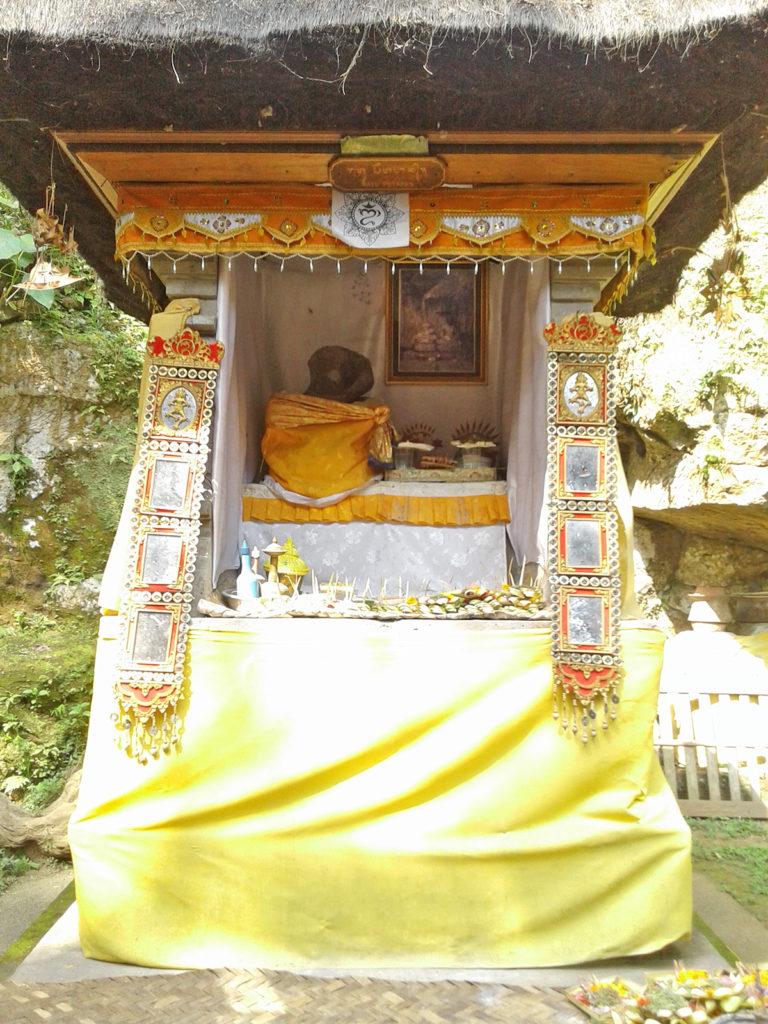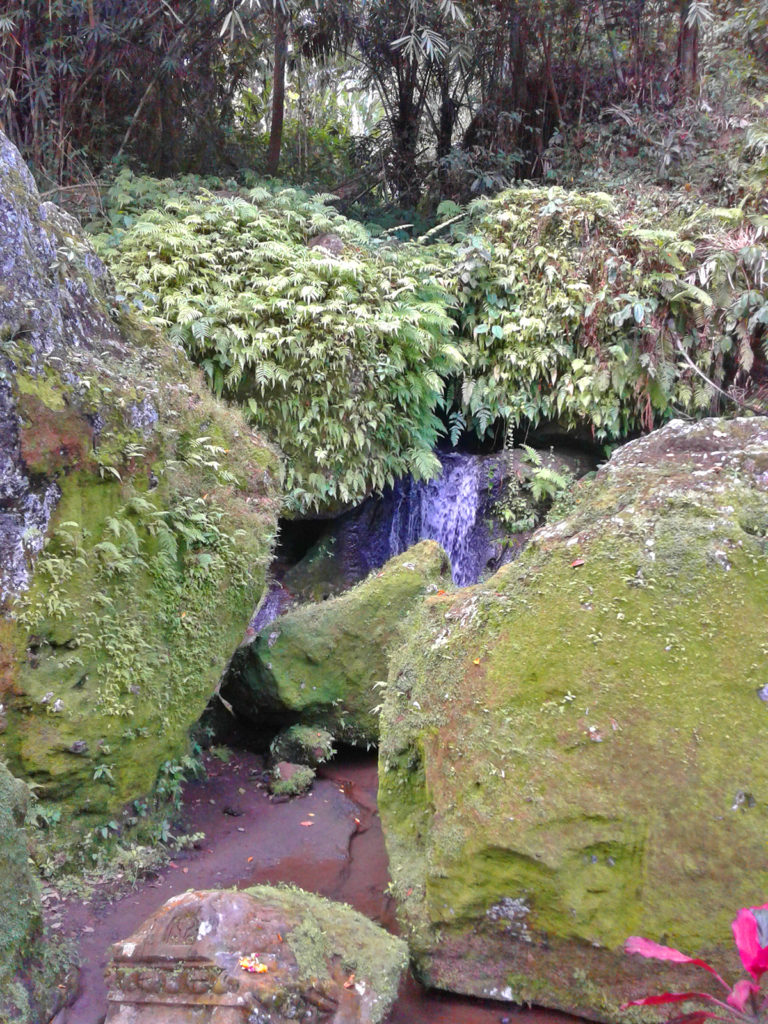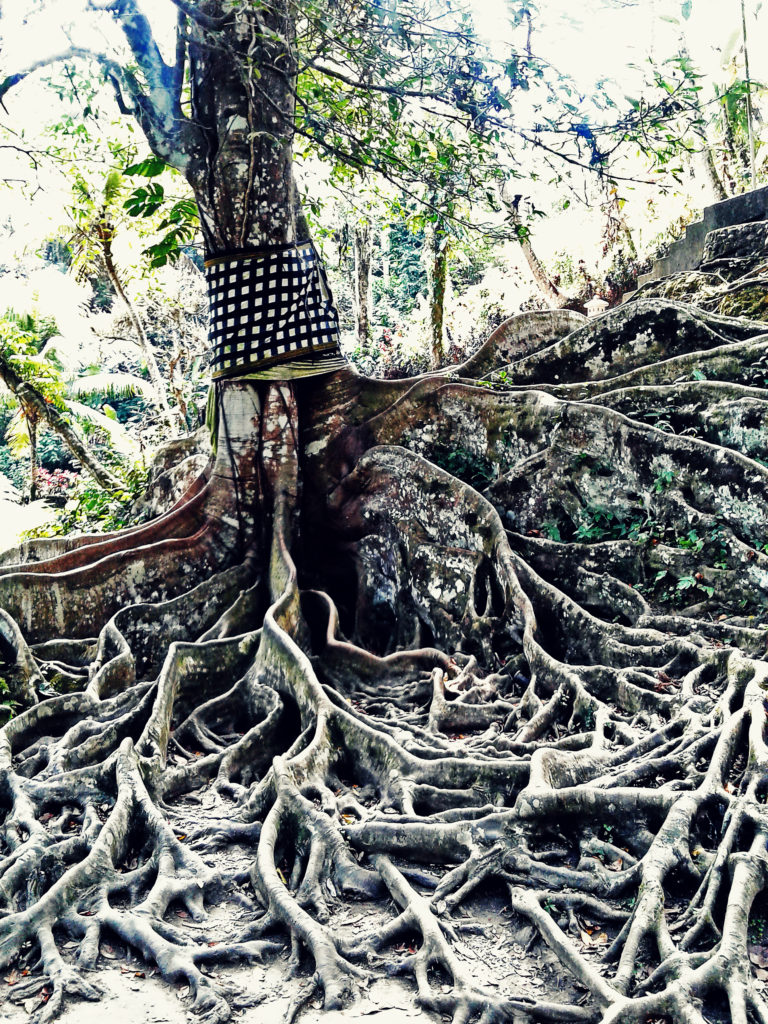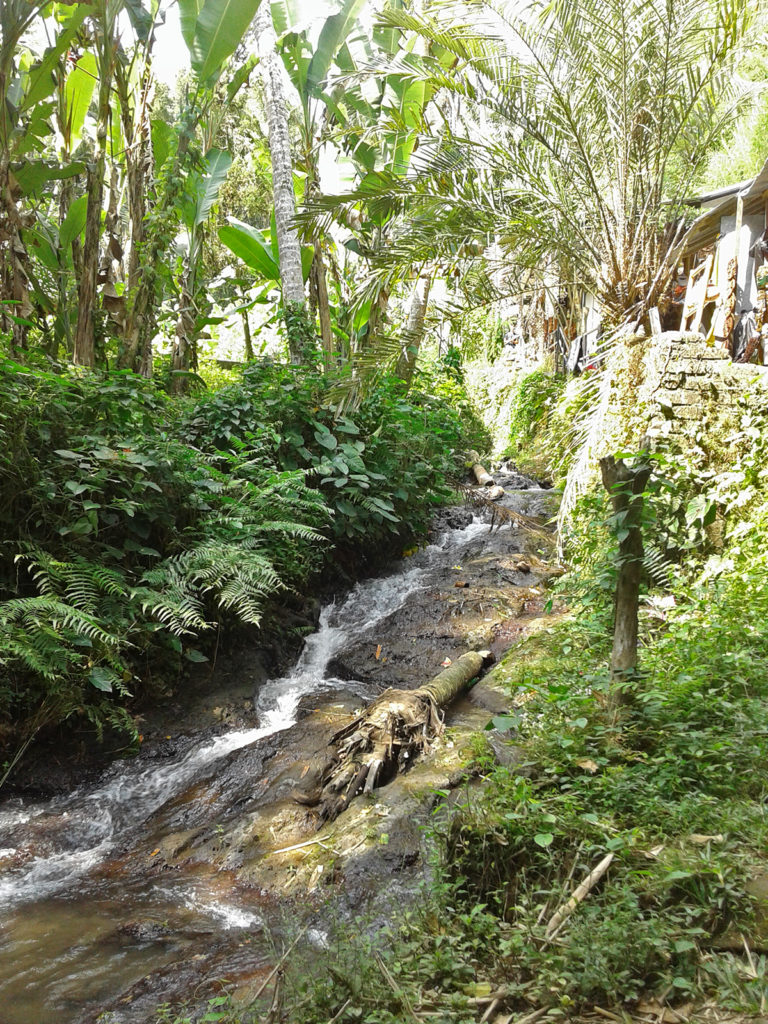Indonesia – Part 9: Ubud
I chose Ubud as my first (and also the longest) stay in Bali as it was known to be the cultural capital and the more “laid back” area of Bali. However you do need to take a few steps back and take off the “hype” glasses to see what it is really like.
Ubud is definitely full of cultural sites. Scattered throughout an area easily navigable with a bike, you can find Saraswati Temple, the palace of the Ubud royal family, Goa Gajah – an old temple possibly dedicated to Lord Shiva, rice terraces, fire dances, yoga retreats, traditional cookery classes … whatever you can think of, you will find it here.
There have been enough tourists visiting Ubud, that they are very used to various complex dietary requirements too. Whether you are a lacto-vegetarian, lacto-ovo-vegetarian, vegan or on a non-gluten diet, you could get it in Ubud without an issue.
Ubud Royal Palace
The Royal Palace of Ubud you see today, was built in the early 1800s during the era of Ida Tjokorda Putu Kandel. During the Majapahit period of 1293 to about 1527, Bali was a tributary to the empire. Some sources state that the current province of Gianyar which includes Ubud was home to the original seat of the royals of Bali. Even about a century after the fall of Majapahit, this royalty seemed to have continued. However around the mid 1600s, the Gianyar or Gegel kingdom seems to have also fragmented, dividing the island of Bali into 9 separate kingdoms. Ubud seems to have become the royal seat of the Gianyar Kingdom after the fragmentation.
The Ubud Royal Palace today has two areas, one private area reserved for the descendants of the royal family and a smaller area that is open to the public. It hosts the palenquins of the royals used in processions, the royal council chambers and other areas where they carried out religious rituals.
While it sounds quite cool that you can walk through a palace, don’t expect this to be a visit like to the Buckingham Palace. Or the Tower of London. What they don’t tell you is how small the public area is. It’s only about 11,000 sq ft. You are done within 10 mins of walking in. Once you see it, it makes so much sense why you are not charged to enter, there is nothing to see there.
Saraswati Temple
One of the most picturesque photos from Ubud you would come across, would be inevitably from the Saraswati Temple. Being the patron goddess of art, wisdom and learning, Saraswati is always depicted sitting on a lotus. Given the photos I’ve seen, I had quite a bit of hopes when I planned to visit this place.
The best landmark to find the Saraswati Temple is the massive Starbucks that’s right next to its entrance. Once you go through the smaller alleyway, you will enter the lotus pond you’ve seen in many photos. Once you pass through the lotus pond you come face to face with some very beautifully crafted sculptures and decorations. Being built around the 1950s, the temple does not have that much of an archeological value in my opinion. However it still could be a beautiful place to walk around..
As with the case of the Royal Palace though, your amazement ends right there. Being only about 50m in length and about 30-40m across, the public area of the temple compound is nothing to see. It does have a nice ambience however, so in case you want to sit down and have a tea or a coffee, you can try it at the Starbucks overlooking the temple compound or at the cheaper Lotus Cafe, right next to the lotus ponds.
Goa Gajah
Unlike the other two places I visited, Goa Gajah dates reasonably back into the past. It is thought to have been built in the 11th century CE. Scriptures written in the mid 1300 also mention this religious place.
Goa Gajah is interesting as it consists of both Hindu and Buddhist relics. The main temple area is a Hindu temple that is very likely to have been dedicated to Shiva. Further away from what is now the main temple and towards the South Western side of the complex, you will find a walkway that takes you through a winding path across small streams, massive trees and some paddy fields, you will also come across the Buddhist relics.
According to some sources, the Buddhist relics may be as old as 8th century CE. But I couldn’t find more information about them. The name Goa Gajah is also a bit of a puzzle. The name translates to Elephant Cave. The main attraction of the site, is infact a cave but does not have any elephants. What it does have, is a massive carving of a monstrous mouth at the entrance to the cave.
The cave does have a statue of Ganesha, the elephant headed god of the Hindus. However, given that the cave also has other prominent gods featured, Shiva, Vishnu and Brahma, I don’t believe that the temple was named after Ganesha. Nor do I believe that the head/mouth of the cave was thought to depict an Elephant. Balinese are nor strangers to Elephants and the carving at the entrance of Goa Gajah looks more like an exaggerated Kirtimukha, a very common sculpture that is present at Hindu and Buddhist architecture.
I was of the view that Goa Gajah may have been simply named after a person. However, as I was researching more into this, I found out that two inscriptions, Dawan Inscription and Pandak Bandung Inscription, both written in the 11th century, refer to the area as Antakunjarapada, a name that means “place at the end of Elephants”. This may have been a reference to the Gajah river that flows right next to the site. Out of the three main places I visited in Ubud, I felt like this was the one valuable place.
Heading back
As I finished off my stay in Ubud. I took a look back at what I expected and what it was like. When I read about Ubud, I had mixed feelings. Even my brother who has been here earlier on, could not completely put it in to words. What I’ve read about Ubud was that it was a calm and the more spiritual places of Bali. My experience was that it was more very much a touristic place. I did not find anything to even suggest that this is a calm and a quiet place. But may be that was the problem, it is the calm-er and more spiritual places in Bali. Which is to stay that other places might be just 24×7 parties.
